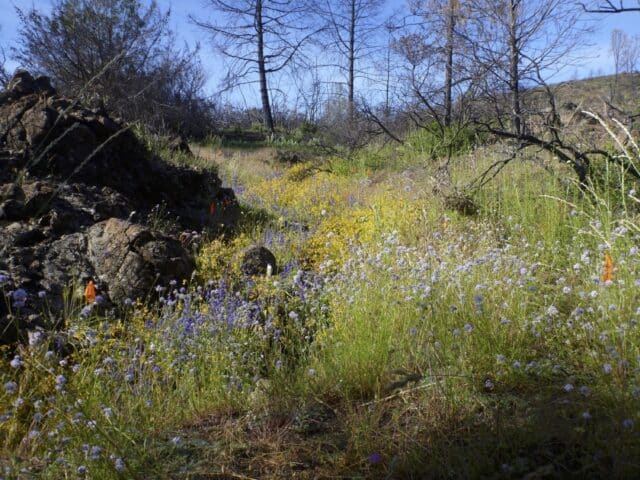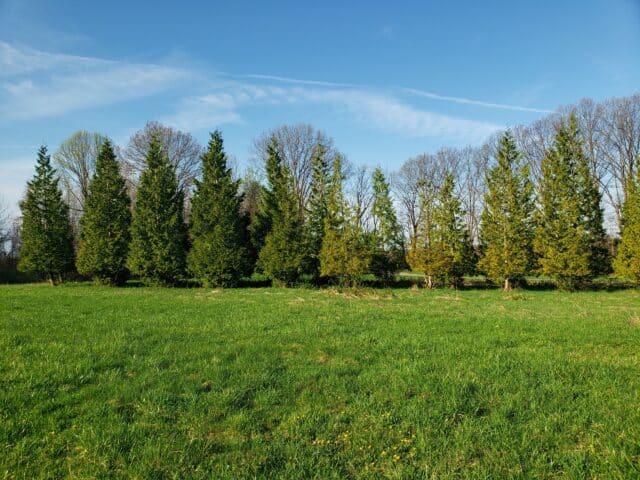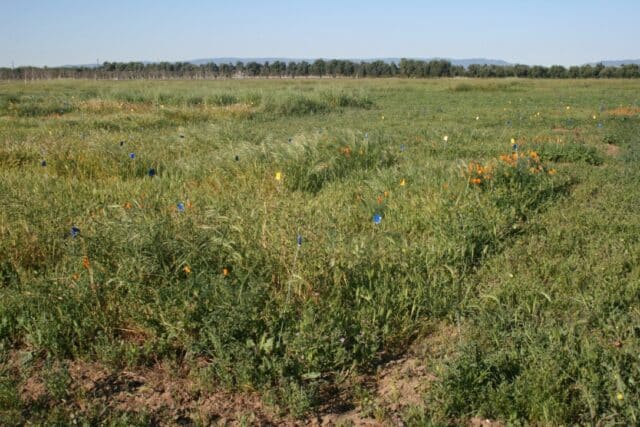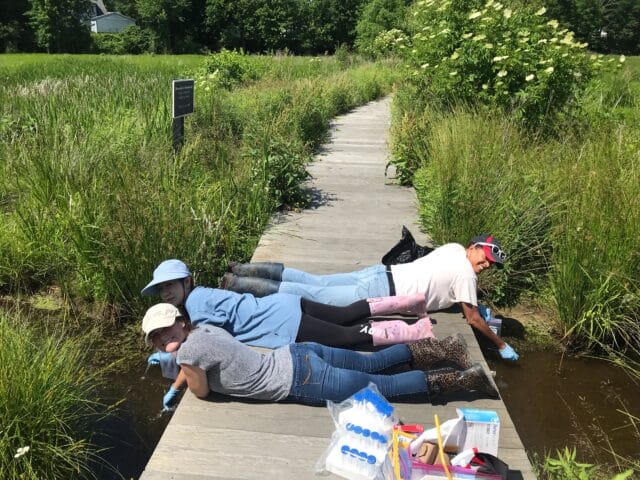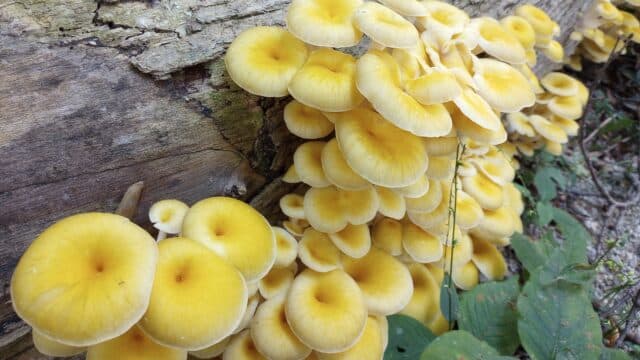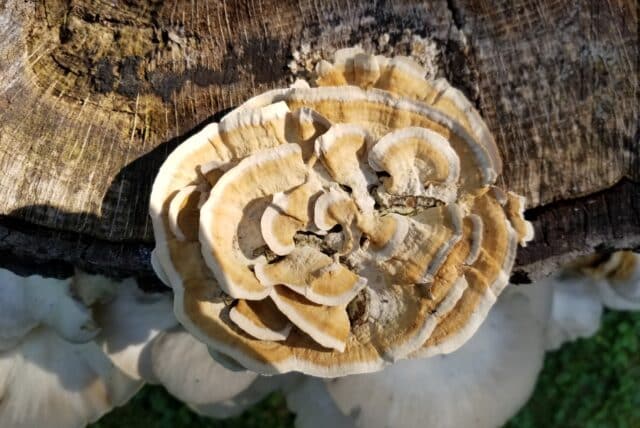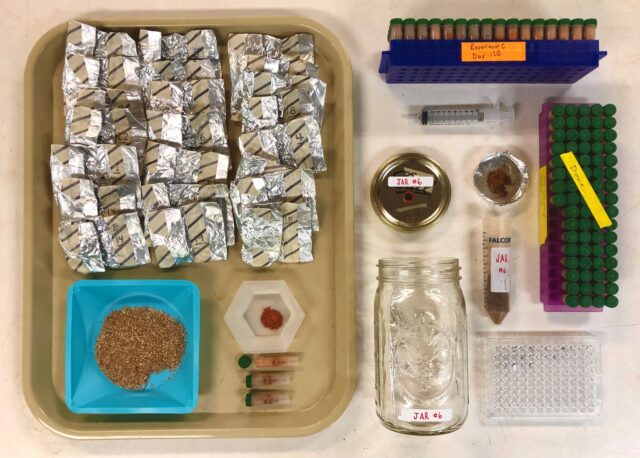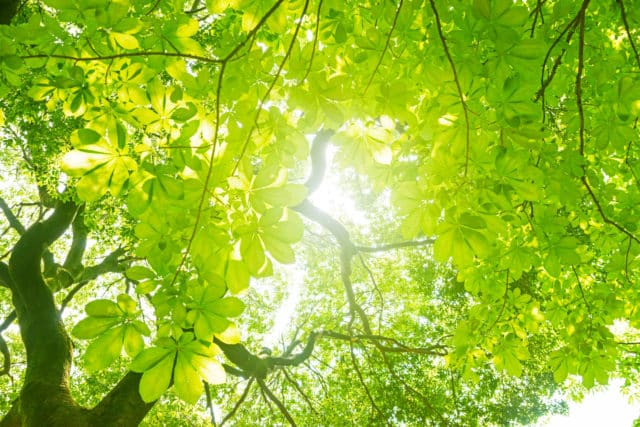
Mushroom Month might be over, but we aren’t done celebrating mushrooms just yet because October 15th is National Mushroom Day! If you’ve been keeping up with our blog posts for Mushroom Month, you learned how scientists here at Holden are studying the effects of mycorrhizal fungi on wildflower restoration efforts in Stebbins Gulch. Now, I’d like to tell you about a soil fungi project that could be taking place in your neighborhood – and maybe even in your front yard!
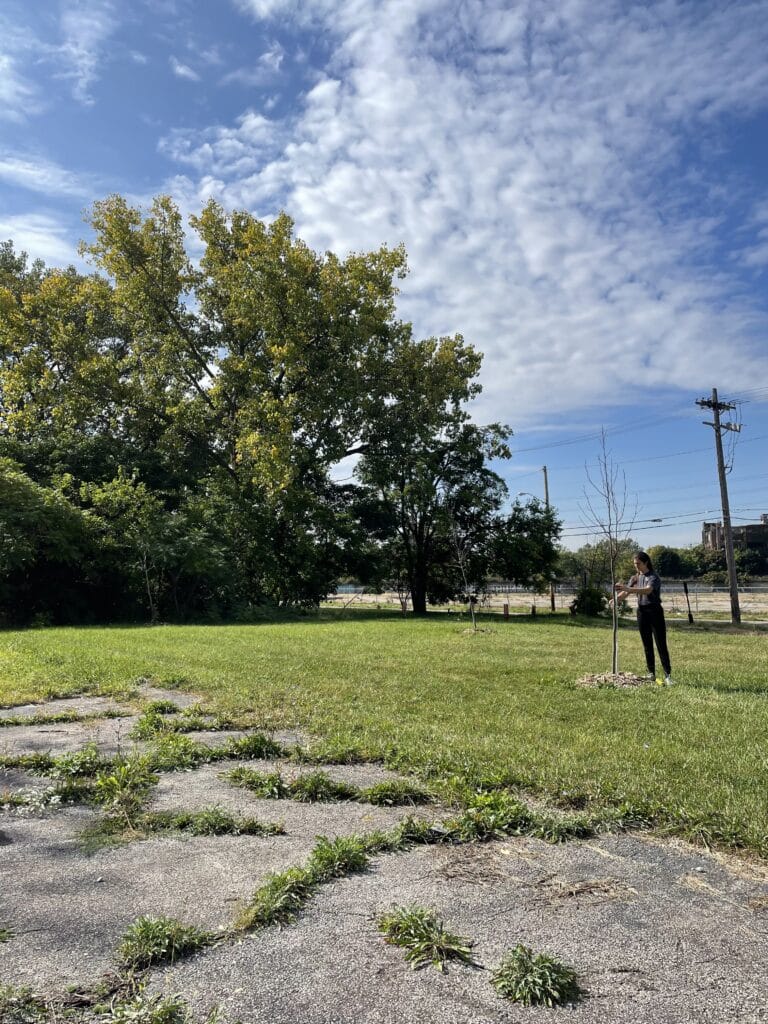
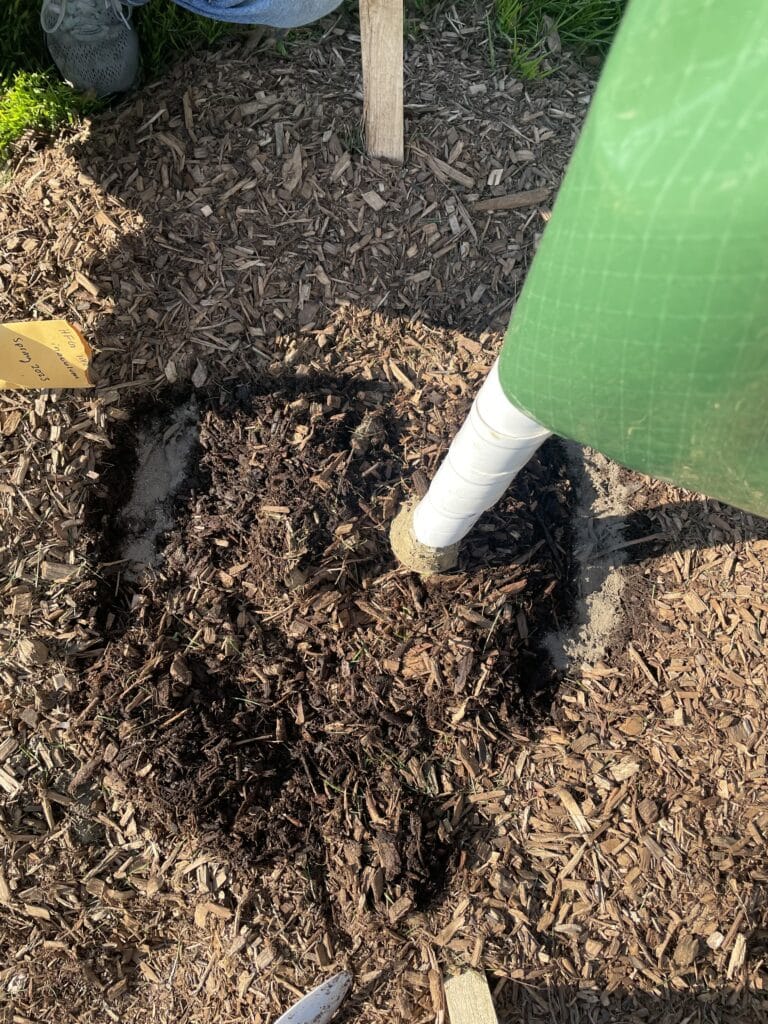

Scientists at Holden Forests & Gardens have partnered with Cuyahoga County to run a Soil Inoculation experiment on select trees planted through the county’s Healthy Urban Tree Canopy (HUTC) grant. This grant funds the planting of thousands of trees across Cuyahoga County to restore the urban canopy. But why do we need to restore the urban canopy, and what do fungi have to do with it?
For one thing, canopy trees are incredibly beneficial to urban environments. They take up carbon dioxide (CO2) and act as a source of cooling within our cities. They also make the air we breathe healthier by reducing pollutants in the atmosphere. Urban trees provide habitat and food for native birds and insects that might not otherwise have it. And, they add natural beauty to our surroundings!
Currently, canopy cover in Cuyahoga County is much lower in urban areas than in the suburbs. According to the Cuyahoga County Planning Commission, nearly half of urban communities have less than average canopy coverage for the county. Luckily, Cuyahoga County’s HUTC grant is working to change that for the better.

Starting the process of restoring the canopy can be challenging, especially when environmental disturbances in urban environments can make it difficult to successfully plant trees that mature into healthy canopy trees. The soil in heavily urbanized areas is typically unhealthy, lacking essential nutrients and microorganisms that help plants and trees flourish. Impermeable surfaces such as parking lots divert water towards storm drains, making rainwater absorption a rarity in soils near these areas. Plant roots have a difficult time growing in areas with compacted soils. When leaves or branches are removed, organic matter that is beneficial to the buildup of nutrients is no longer in the system.
In the face of all these issues and more, how is a tree supposed to survive in an urban environment? We think mycorrhizal fungi might be able to help! If you remember from previous Mushroom Month blog posts, mycorrhizal fungi increase nutrient availability for the plants and trees they form associations with. They also are known to reduce stress from droughts and increase soil permeability. Mycorrhizal fungi are abundant in the natural areas at Holden Arboretum but may be largely absent from urbanized sites.
Mycorrhizal fungi have been successfully used in natural area restorations around the world. However, to our knowledge, they have not yet been used in a widescale urban canopy restoration effort. Given their capacity to improve tree survival, nutrient acquisition, and health, we think adding mycorrhizal fungi to new urban trees will help them grow into healthy canopy trees.
To test this, Holden scientists are collecting small amounts of soil from our Bole Woods natural area and inoculating trees as they are being planted at several HUTC sites across the county. Every soil collection contains both arbuscular and ectomycorrhizal fungi so that it can be used regardless of tree species. Each tree we inoculate receives 50 grams of forest soil.
Half of the trees at each site we visit are inoculated with forest soil. The other trees are treated as controls that we can compare to the inoculated tree data. We measure the height and diameter of every tree at time of planting and each year after planting so that we can track its growth over time. This year, we are also collecting soil samples from trees planted in 2022 to see how their belowground community has changed in the year since inoculation.
Not only do we hope to learn if forest soil additions containing mycorrhizal fungi help tree growth and survival, but we also hope to understand more about individual tree species’ ability to survive in urbanized areas. Data from this soil inoculation experiment might help us better determine which tree species are ideal for urban canopy restoration.
So, be on the lookout for trees recently planted in your neighborhood or in your tree lawn! And if you see a see a Holden scientist measuring trees, feel free to say hello. We’d love to chat about mycorrhizal fungi with you, even after Mushroom Month!
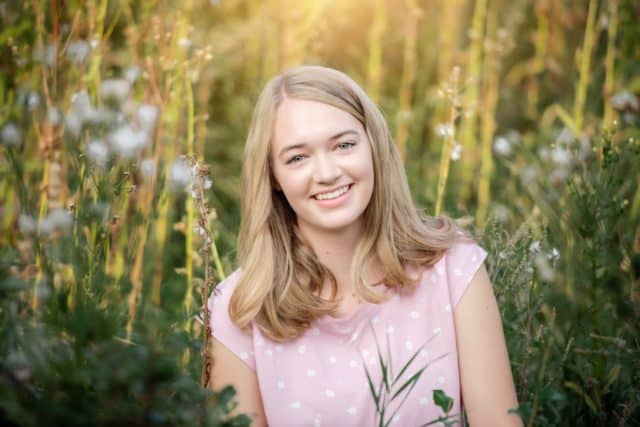
Lydia Jahn
Research Specialist
I am interested in forest community ecology, conservation, and ecological restoration. Currently, my research focuses on belowground community structure several years post-planting in urban canopy restorations. Determining the soil fungal community at restoration sites will inform how these communities might be influencing the growth and survival of urban canopy trees. Ultimately, I am passionate about conservation and my main career goal is to practice environmental law. I hope to take what I have learned while working at Holden with me to law school and my career beyond.
